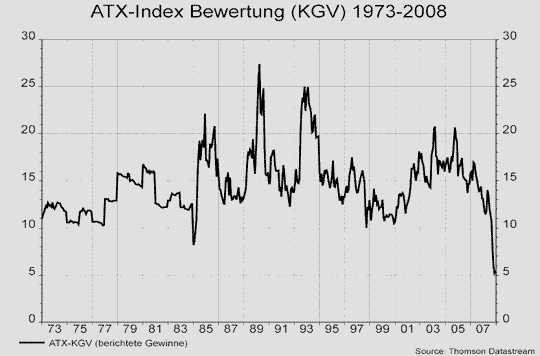Latest Leading Indicators that Affect the Real Estate Market
Post on: 28 Апрель, 2015 No Comment

Professional Real Estate Investor Instructor
It’s been a little while since we looked at the leading indicators that affect the housing market. I always like to start with prices of existing homes. I’m going to share some information from the National Association of Realtors (NAR) and then we’ll look at the Case Shiller.
Lawrence Yun, NAR Chief Economist, said that there is some volatility in price performance. “Home prices are more volatile than normal because of sudden upswings in buyer activity in some localities and also are affected by the prevalence of distressed sales. Home prices lag sales activity because the transactions were negotiated mostly in the previous quarter. Given the steadily dwindling supply of inventory and notably higher listing prices that are being negotiated today, prices are expected to show further improvements in the near future.”
Low inventory is a large part of what is driving prices in some areas. We really see this being an issue in the lower to mid priced homes. Surprisingly inventory in the Western states is very tight right now. This is good for owners and banks that have been waiting to sell. This is however creating a bidding war on some properties in some areas.
To give you some frame of reference for where inventories are currently; in the summer of 2007 there were over 4.04 million homes available for sale. In the first quarter of this year there is 21.8 percent fewer homes available for sale; inventory is down to 2.37 million.
The Northwest saw the largest increase in sales, it rose 8.6 percent. The West followed with an increase of 5.9 percent and then the Midwest followed a close second with 5.5 percent. Lastly the South rose by 2.1 percent in the first quarter.
When it comes to price the Midwest and South rose marginally, the Northeast saw a decline of 3.2 percent and the West fell 0.9 percent.
May 29, 2012 the current Case Shiller Index was released with data through March of 2012. Home Price Indices, the leading measure of U.S. home prices, showed that all three headline composites ended the first quarter of 2012 at new post-crisis lows. The national composite fell by 2.0% in the first quarter of 2012 and was down 1.9% versus the first quarter of 2011. The 10- and 20-City Composites posted respective annual returns of -2.8% and -2.6% in March 2012. Month-over-month, their changes were minimal; average home prices in the 10-City Composite fell by 0.1% compared to February and the 20-City remained basically unchanged in March over February. However, with these latest data, all three composites still posted their lowest levels since the housing crisis began in mid-2006.
There were some other promising numbers in The Federal Reserve’s Beige Book (the Beige Book is the name commonly used by the Fed for its report called the Summary of Commentary on Current Economic Conditions. It’s published before the FOMC meeting on interest rates and used to inform board members on changes in the economy since the last meeting).
Consumer spending rose slightly, consumers are considerably less pessimistic than they were in January.
NAHS (National Association of Home Builders) reported in the Beige Book that “increased multifamily/rental property demand has been a key driver behind most of the reported improvements in real estate activity…”
Lawerence Yun said that vacancy rates are improving in all of the major commercial real estate sectors. “Sustained job creation is benefiting commercial real estate sectors by increasing demand for space.”
The Beige Book also reported that unemployment is at the lowest rate in 3 years.
There is some mixed data, yes, but for me personally the biggest indicator is that I now hear people saying, “Boy this seems like a good time to buy,” not, “I’m going to wait for the bottom.”














